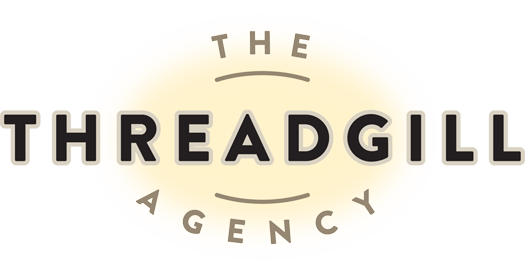
26 Jul YouTube Shorts or TikTok: What’s Best for Business?
YouTube Shorts are joining TikTok in the short-form video marketing race, launching in more than 100 countries worldwide this month. But before you focus all of your energy on the next big thing, decide if the new YouTube feature is worthy of your time and attention.
Knowing your audience, plus comparing the benefits of YouTube Shorts and TikTok, will help you determine where to put your marketing resources. Creators in the U.S. have been experimenting with YouTube Shorts since March 2021, but how does it stack up in growing your audience and monetization? Keep reading to find out.
What’s the Same?
Threadgill previously shared that short-form video is king, and online platforms continue to amp up video capabilities in order to educate, entertain, inspire, and, yes, sell. TikTok launched in 2016 with 1 billion global daily users today, and YouTube Shorts are already generating 30 billion views per day.
Overlapping, familiar features exist that help users get more comfortable with each new platform. The similarities between YouTube Shorts and TikTok include the following:
- Creators’ ability to add music, captions, and text to short vertical videos, plus adjust video speed and set timers while filming.
- Original, user-generated content is encouraged with the ability to upload previously recorded videos.
- Interactive options exist for both, including likes, shares, comments, subscribe, and follow.
- Viewers have the ability to pause the video.
- Monetization is possible on both platforms.
- Analytics are available on mobile or desktop, allowing creators to track views, impressions, watch time, reach, and interactions — though one is more robust than the other, as you’ll see below.
What’s Different?
Each platform provides unique benefits for content creators and consumers. TikTok content is typically more casual and trendy, with split-screen mashups, dances, humor, and lip syncs. YouTube, which launched in 2005, is the forerunner of video-based online platforms with content ranging from educational/instructional, humorous, informative, vlogs, and more. YouTube is the second-most visited website after Google Search (and is also now owned by Google).
Some of the major differences between YouTube Shorts and TikTok are:
- Video length: YouTube Shorts are 15 seconds to 1 minute, while TikToks are 15 seconds up to 10 minutes long (which just increased this year).
- Captions: You can see TikTok captions while viewing, but only titles in Shorts unless you click the three dots to read the description.
- Goals: YouTube Shorts helps draw more channel subscribers, which boosts ad revenue and merchandise sales. Some businesses create a separate Shorts channel, while others house Shorts on their current channel. Conversely, TikTok marketing is meant to create buzz about your brand and get influencers on board to spread the word.
- Features: YouTube Shorts allow users to edit posted content, while TikTok does not. TikTok offers a Q&A where viewers can message the creator. Shorts allows dislikes, the ability to schedule posts, and age limit settings.
- Analytics: In the TikTok app, analytics are viewable, but a separate app for Shorts is needed (YouTube Studio). YouTube Shorts, as a part of Google, has more robust analytics capabilities.
- Monetization: Different income streams exist for each platform.
- TikTok: TikTok creators make money off of views, engagement, Digital Gifts, and Shoutouts. A TikTok creator fund was created last year to reward views and engagements. Plus, a store link is available in the bio, and the platform is testing TikTok Shopping for in-app purchases.
- YouTube: If monetized, a YouTube channel’s long-form videos earn ad revenue based on views. Shorts count toward a channel’s lifetime views, but not for monetization via the YouTube Partner Program (YPP). The platform is testing ads on Shorts. Plus, a $100 million Shorts Fund was created to reward creators with the highest engagements and views that month (whether their channel is part of YPP or not).
YouTube Shorts or TikTok?
It depends! If your customer base is younger (Gen Zers born 1996 or later), then TikTok is likely where you’ll find them. But if your demographic is older or a mix of kids, Gens Z and X, Millennials, and Baby Boomers, YouTube Shorts is the way to go. Many creators do both! But be wise and use some of these best practices:
X Don’t post content with the other platform’s logo on it — the algorithms don’t like that. You can repurpose video, but create a unique post through each platform’s app.
✔ Do post consistently so your customers get used to seeing content on that platform and you can track your efforts’ effectiveness.
X Don’t make ads, make YouTube Shorts or TikToks. Younger demographics in particular don’t appreciate a sales pitch. Look at competitors to see what they’re doing well.
✔ Do include short-from video in your marketing plan, whether it’s YouTube Shorts, TikTok, Instagram Reels, or Facebook ads.
The Threadgill Agency can help your business test and track the effectiveness of your online marketing efforts — call us today to get started!
For more, check out these resources: Beginner’s Guide to YouTube Shorts and How to Use TikTok Marketing to Make Your Business Go Viral.
